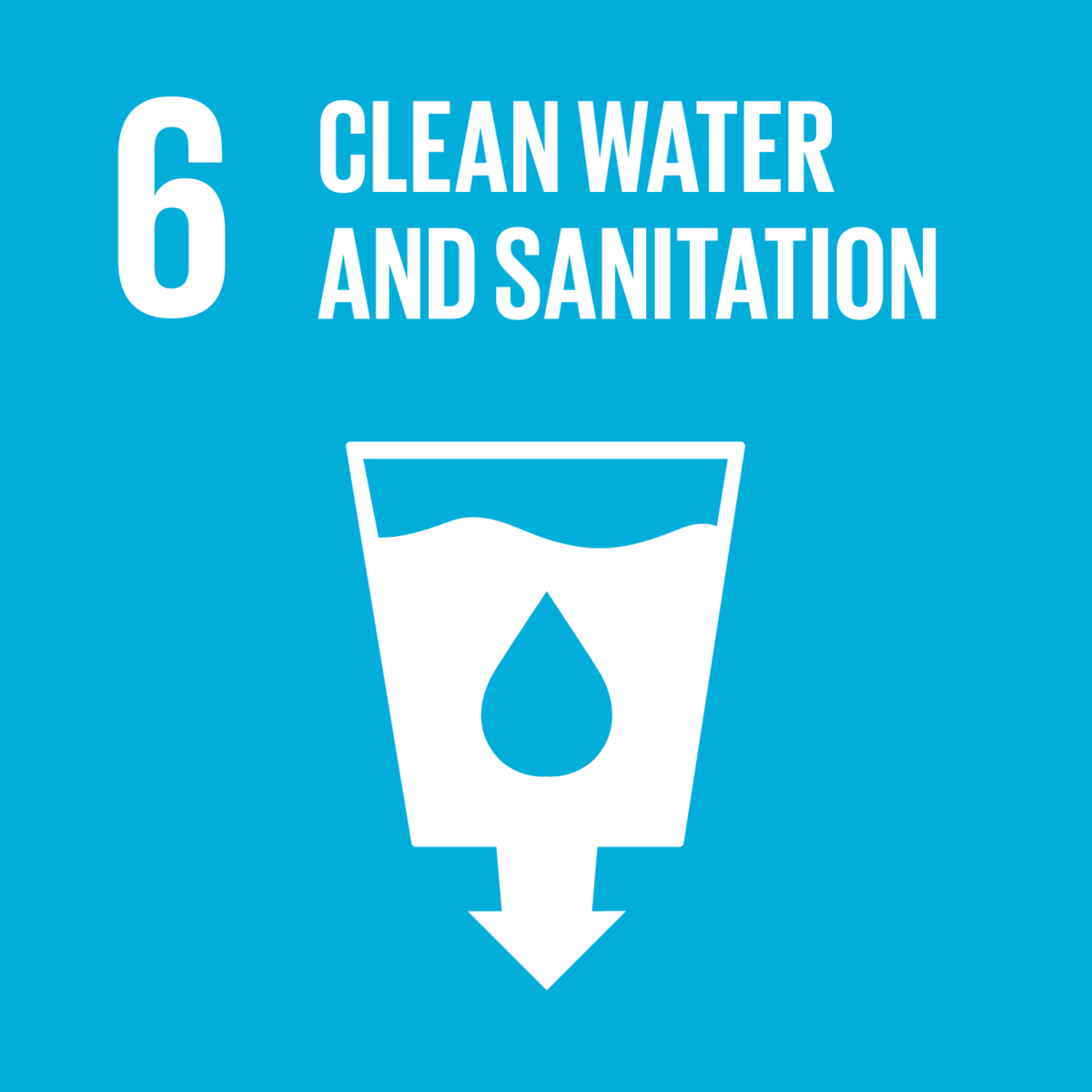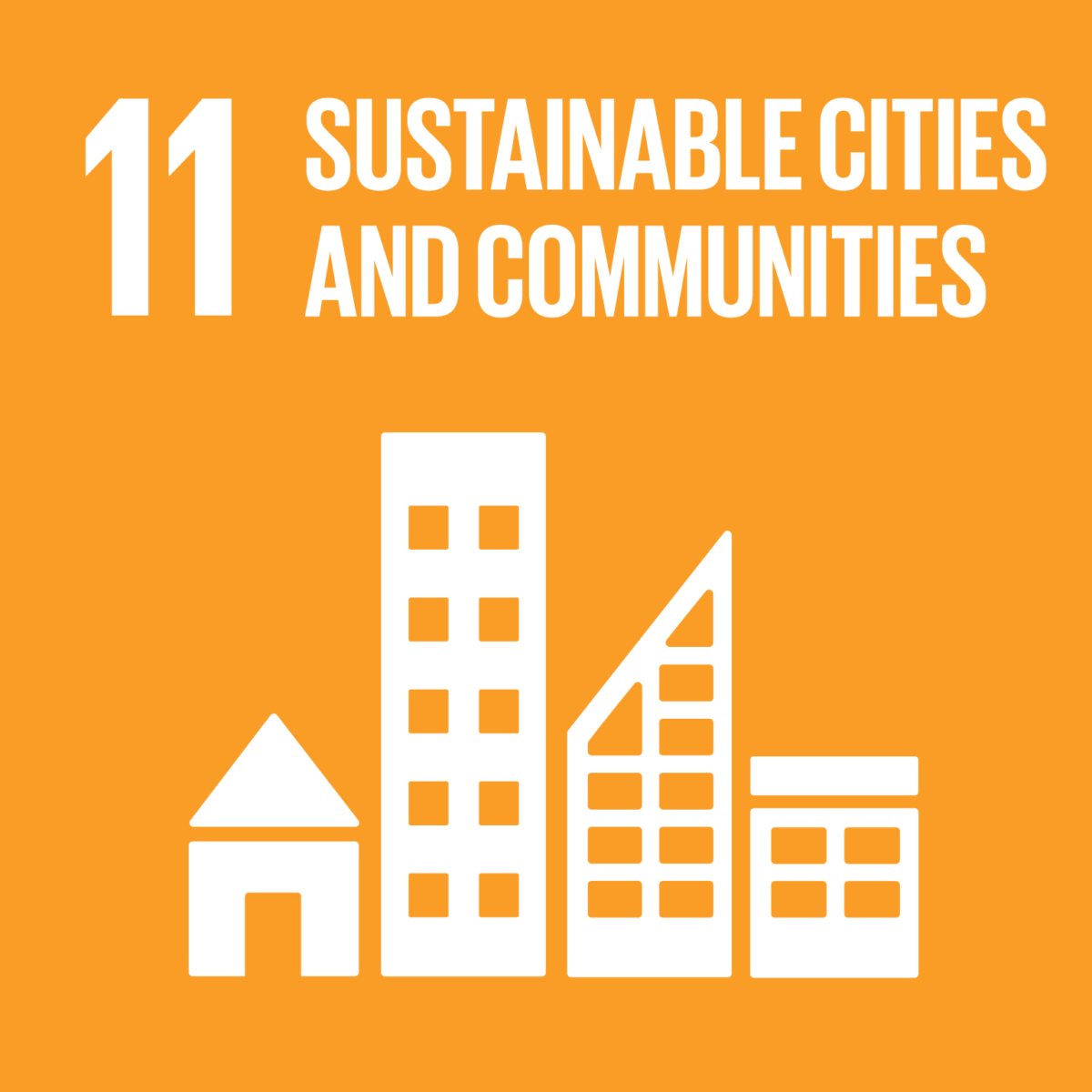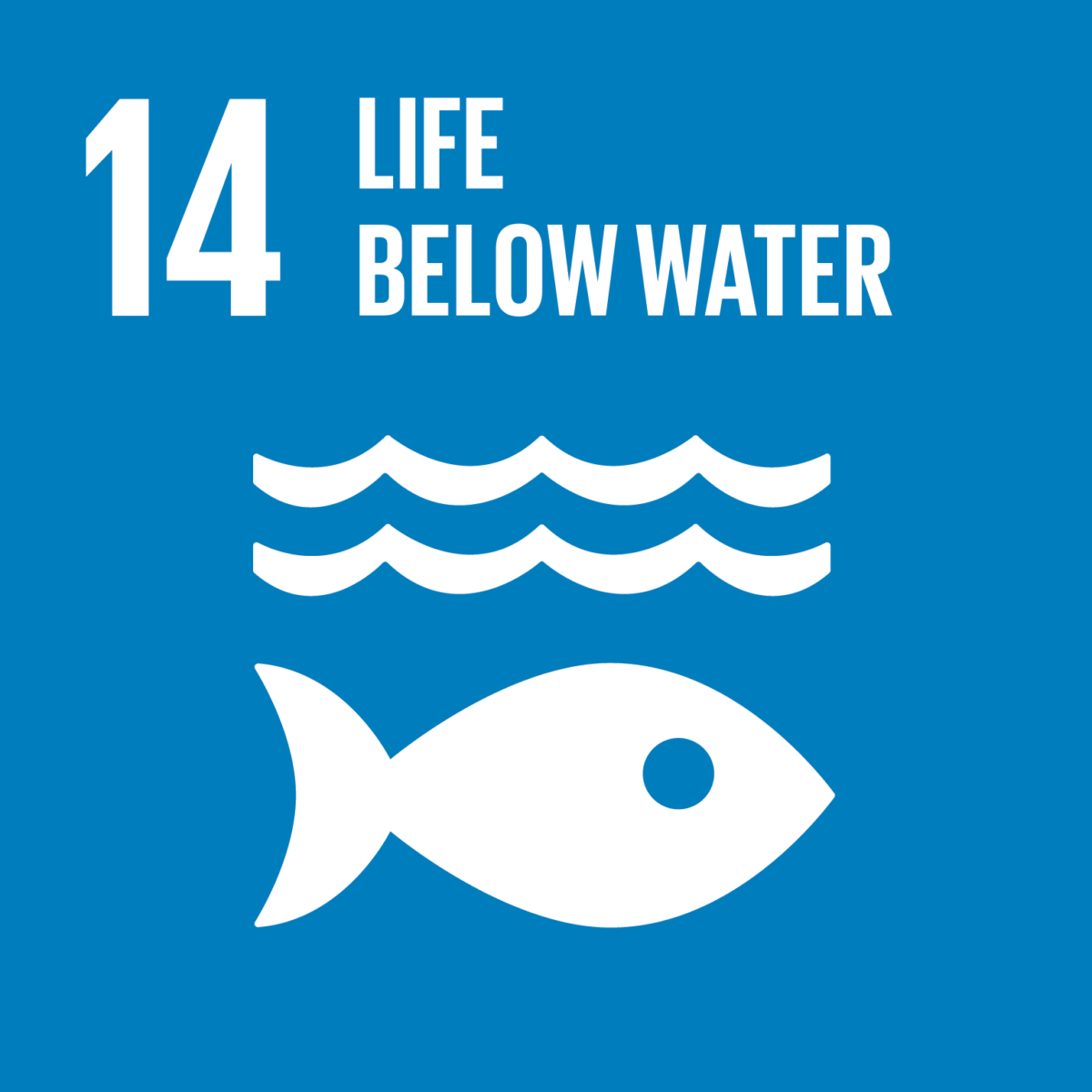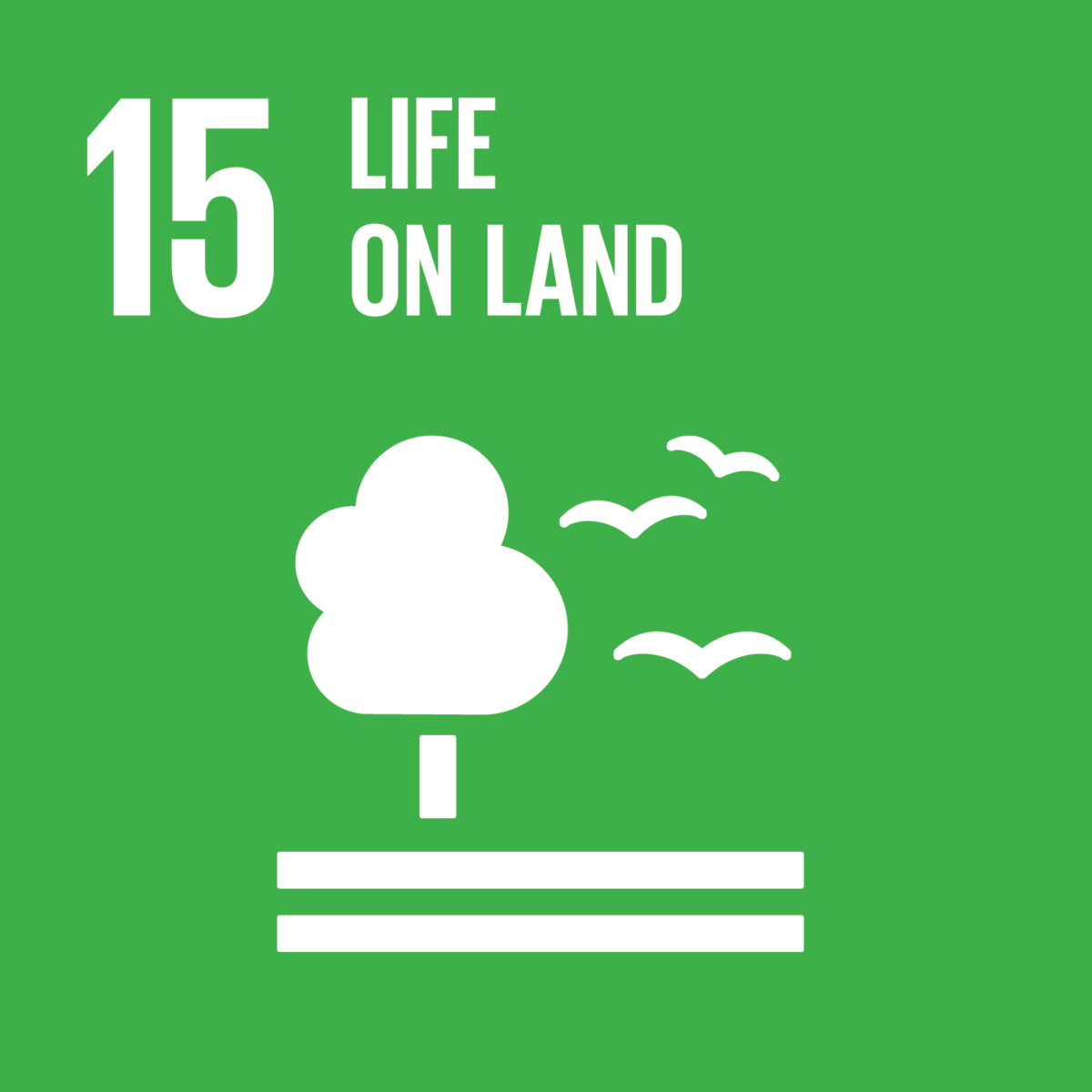Promising Building with Nature (BwN) solutions for flood protection, such as vegetated foreshores, inherently have a dynamic nature. Therefore there is a relatively large degree of uncertainty with respect to their contribution to flood protection.
It is well known that vegetated foreshores build up sediment bodies via biogeomorphological interactions, stabilize sediments and attenuate waves via their vegetation and/or sediment bodies. Currently, it is unknown how these processes together with other ecosystem services develop over time and space, depending on plant growth strategies, local physical conditions, and management, making the contribution to flood protection unclear. Moreover, it is unknown how successful governance arrangements can be developed to implement BwN solutions. We will address these knowledge gaps that hamper the application of vegetated foreshores for flood defence, by integrating state-of-the-art knowledge from ecology, morphology, hydraulic engineering, and governance.
Goal
We aim to develop new methods to assess how, and how much vegetated foreshores can contribute to flood risk reduction. The project will lead to a better understanding of (uncertainties in) the functioning and stability of these ecosystems and the development of novel governance arrangements. The overall objective of this project is to develop new methods to assess how and how much vegetated foreshores can contribute to flood risk reduction through a better understanding of (uncertainties in) the long-term ecological, biogeomorphological, and hydraulic functioning and stability of these systems.
Approach
By field observations on several sites and flume measurements we will analyse fundamental ecological and physical processes for various types of wetland vegetations. The knowledge obtained will be applied in one implementation case study for a location in the Netherlands where dike reinforcement is needed in the future. This case study integrates fundamental knowledge from all the disciplines. It is used to design governance and implementation arrangements, and to demonstrate how vegetated foreshores can contribute to flood risk reduction.
Results
The project will provide the knowledge, methods and tools (e.g. a maptable) required for the design and implementation of vegetated foreshores as a safe, ecologically desirable, and cost effective alternative in flood management. Strong cooperation with end-users from the private sector, government and non-governmental organizations is embedded in the project to enhance
the implementation of our findings in practice. Our research will explicitly quantify uncertainties in the biogeomorphological development of foreshore systems and their effects on the reduction of hydraulic loads on and failure probabilities (i.e. the safety) of flood defences. We will also analyse how safety goals may combine with nature conservation goals. The project will develop new governance arrangements for the implementation and realization of vegetated foreshores in flood protection, by new coalitions of parties from government, private sector and nature organizations. Overall, the project will provide the tools and insights to implement innovative vegetated foreshore solutions in future dike reinforcement and flood management projects in the Netherlands and abroad.
More information
Sustainable Development Goals
Contact













